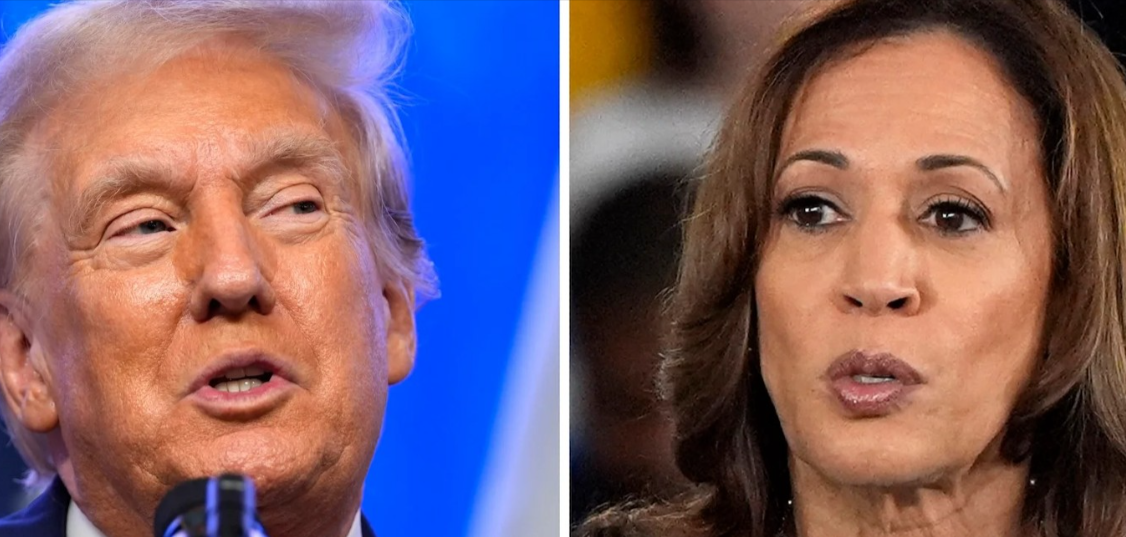Early Voting Data Not Good News for Democrats Compared to 2020

Early voting in the current election cycle is seeing a significant decrease compared to 2020, and this trend could present challenges for Democrats, according to a report from the New York Post. While many initially believed the rise in early voting would lead to elections being effectively decided before Election Day, current data suggest this is not the case. In fact, early voting numbers are notably lower than expected.
As of now, only 4.2 million Americans have cast their ballots, a small fraction compared to the 158.6 million votes in 2020, and early voting is down by 45% compared to the same period in the last election. This decrease is compounded by a sharp drop in mail ballot requests, which have fallen by 58% in states that do not automatically send mail ballots to voters.
The decline in mail ballot requests is particularly pronounced in key swing states. For example, Georgia and North Carolina have seen requests fall by 84% and 75%, respectively, suggesting that many voters in these areas are opting for in-person early voting when available. In the crucial "blue wall" states of Wisconsin, Pennsylvania, and Michigan, mail ballot requests have also dropped, though less drastically. These figures are troubling for Democrats, who have heavily relied on mail-in ballots in recent elections.
For instance, in 2020, President Joe Biden's victory in Pennsylvania was largely due to a 1.4-million-vote advantage with absentee voters, which offset Donald Trump's lead among in-person voters. With potentially 1 million fewer mail ballots expected in Pennsylvania this year, Democrats will need to step up their ground game to replicate their 2020 performance.
Even more concerning for Democrats is the shift in early voting trends in traditionally Republican areas. In Virginia, while overall early voting is down compared to 2020, the number of early votes in solidly Republican districts has surged. In contrast, early voting in highly Democratic areas like Northern Virginia has dropped significantly—less than half the early votes cast compared to the same point in 2020.
This contrast is particularly striking in Virginia's Trump strongholds, where early voting has increased despite the area's general skepticism of early voting and belief in election fraud conspiracies. Trump-dominated rural counties have seen early voting numbers rise, highlighting the growing Republican embrace of this voting method.
While it's too early to definitively assess how these trends will affect the outcome, the decline in early voting and mail-in ballot requests, combined with a surge in Republican-leaning areas, poses a potential setback for Vice President Kamala Harris and the Democrats. The numbers suggest that Democrats will have to work harder to mobilize voters and that early voting may no longer offer the significant edge it did in 2020.